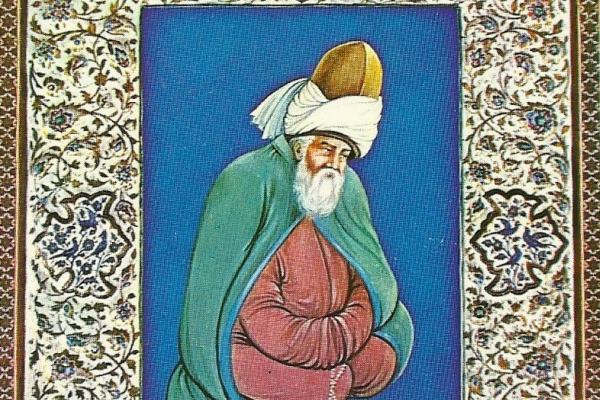Jan 9, 2020
Today, the United States and Iran are two countries on the precipice of war with ruling elites who quote Rumi.
Read the Full Article

Already a subscriber? Login

Today, the United States and Iran are two countries on the precipice of war with ruling elites who quote Rumi.
